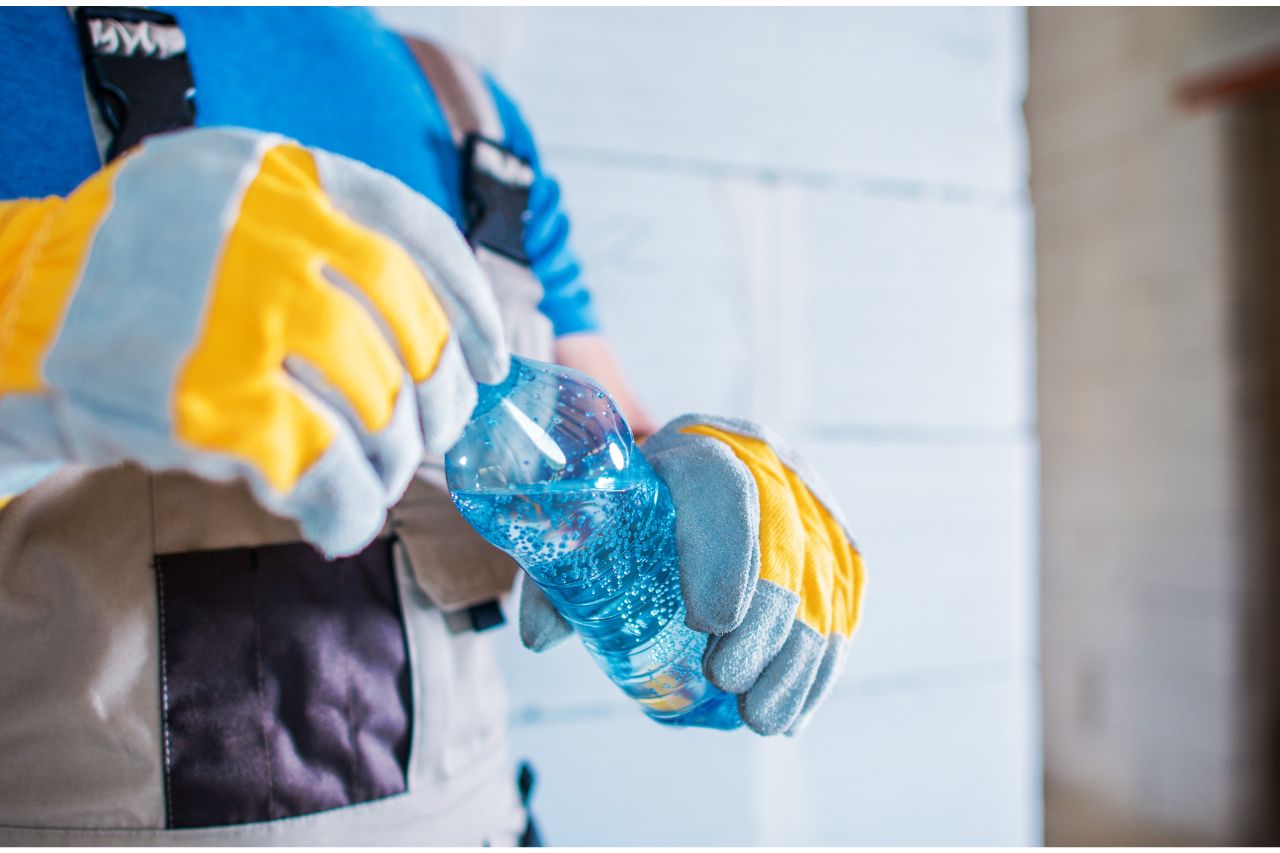
During the summer, your workers have to work twice as hard to finish their tasks when they’re continuously exposed to the sun. The heat can cause fatigue and increase the risk of heatstroke and other health issues. While you can’t do anything about the weather, you have plenty of steps to take to lessen the heat stress in your employees. If you want to learn how to protect workers during the summer, keep on reading!
During the summer, there is a higher risk for heat stress. Symptoms include a fast pulse, heavy sweating, rashes, muscle cramps, poor concentration, heat exhaustion, and severe thirst. If these signs are neglected, workers can experience heatstroke—which could be fatal.
To protect your workers from heat stress, it is recommended to train them in first-aid. Not all employees know when they’re experiencing this condition, so helping them spot the signs can be a tremendous help in reducing its occurrence. You can also implement a buddy system, so your employees can monitor each other. Managers should be able to detect early signs of heat stress and allow breaks for workers to cool down.
If someone on your site is experiencing heat-related problems, help them move to a cooler environment. You can apply a cold compress, allow them to take a bath, or wipe their skin with a cool sponge. Let them hydrate and take for the rest of the day. If symptoms persist for an hour, call for medical assistance.
Not all workers are capable of working in a hot environment. There are certain health conditions that can increase the risk of heat stress and exhaustion. For example, certain medications for high blood pressure, mental health problems, and allergies can make it harder for the body to stay hydrated. Other than that, obesity can make it hard for you to regulate body temperature.
For people with a previous history of heat illness, care should be taken when working outdoors for prolonged periods. Managers should ensure that workers are fit to work before assigning them to an outdoor job.

One of the most important steps you can take to prevent heat stress is dressing your workers for the summer. Dark clothes will absorb heat and make your employees feel stuffy and sweaty when working. Instead, choose light-colored workwear such as Bronson and Reeves. These are made with breathable material that provides adequate ventilation and dri-fit technology that wicks away the sweat to make the wearer comfortable.
If the sun’s rays are strong, visibility could be a problem. A hat can shield your worker’s face from the sun while providing protection against bumps. The Air Coltan by Del’s Apparel is a baseball-style bump cap made with polyurethane-coated polyester and mesh fabric for comfort. For extra protection, the Zircon helmet is also recommended! It is made with UV-resistant material and has a sweatband which is convenient during summer.
During the summer, it might be difficult for your workers to work continuously for a full shift. Prolonged exposure to heat can speed up exhaustion and cause heatstroke, especially for people with respiratory and cardiovascular diseases. For this reason, it is recommended to allow frequent breaks as a part of their shifts.
If your workers perform their tasks outdoors most of the time, provide them with a cool area to rest. Provide short work-rest cycles and schedule laborious work during cooler parts of the day to reduce the incidence of heat exhaustion.
For newer workers, it is recommended to assign a lighter workload at the beginning to let them acclimate to the heat. Gradually increase their number of tasks as they become used to the job.

With warmer temperatures outside, frequent hydration becomes more important. When your body gets exposed to heat, it produces sweat to keep you cool. But when it’s more humid, the sweat remains on the skin instead of taking the heat with it. That’s why aside from letting your workers wear moisture-wicking clothes with Dri-fit technology, hydration is vital.
To give you an idea, dehydration can cause tiredness, headaches, dizziness, and lightheadedness. Outdoor summer work can be demanding, so water breaks are essential for your workers.
Encourage hydration by providing a clean and constant water supply on your site. Educate your workers to avoid alcohol, coffee, tea, and soft drinks because these can dehydrate the body.
Knowing how to protect your workers during the summer is the first step to preventing heat stress! If your employees are tasked outdoors, ensure that you educate them on how to spot the signs of heat-related problems. Managers should be responsible for ensuring that they are fit to work. Provide ample breaks and encourage hydration throughout the day.
If you want to provide your workers with workwear for summer, you can contact Dels Apparel! They offer shirts, hats, helmets, and other safety gear to help prevent heat stress.